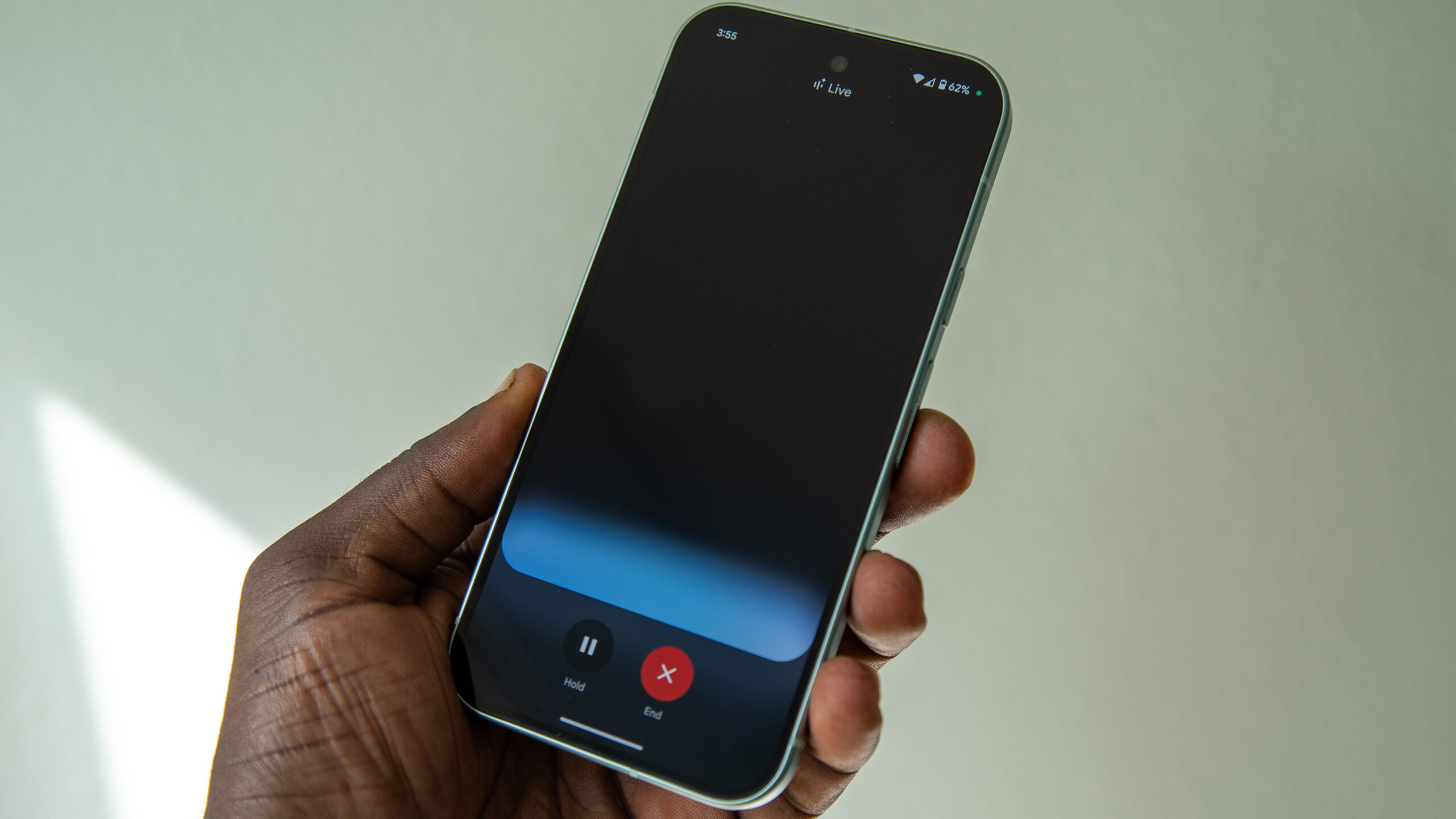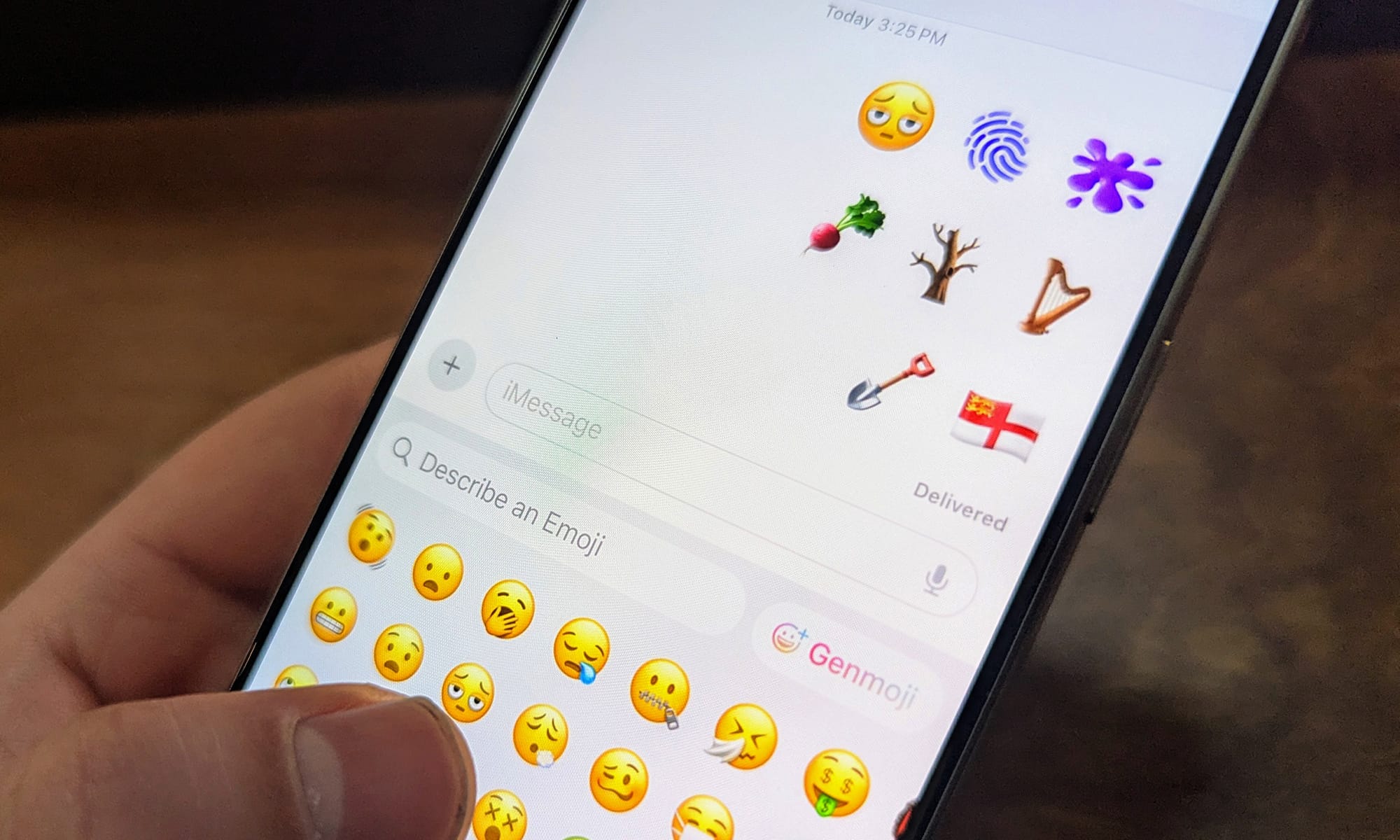Preserving the past is not just about safeguarding artifacts and stories; it’s also about keeping alive the scents that defined generations. Artificial Intelligence (AI) is now being leveraged in a groundbreaking effort to replicate and preserve smells that are in danger of being lost to history. This initiative marks a significant step towards capturing our full sensory heritage, offering an immersive connection to the past through the power of scent.
Key Highlights:
- The ODEUROPA project, funded by the EU, aims to identify, document, and recreate historic European smells from the 16th to the early 20th century.
- AI technology searches through historical documents and artworks to find references to scents, which are then analyzed and recreated by scientists and perfumers.
- The project emphasizes the importance of smell in enhancing cultural experiences and educational settings, making history more accessible and engaging.
The Science of Smell Preservation
At the core of this initiative is the intricate process of identifying and recreating historical scents. AI algorithms sift through vast amounts of data from old texts and artworks, identifying references to various smells. These findings are then brought to life by chemists and perfumers who recreate the scents, providing a tangible link to the past. The project aims to create both a digital archive and a physical library of these aromas, offering a new dimension to museum exhibitions and educational materials.
The Olfactory Quest
The endeavor to replicate historical smells employs a novel collaboration between AI, sciences, and the humanities, rediscovering scents that have wafted through Europe for centuries. From the incense of religious ceremonies to the everyday smells of urban life, this project aims to bring to light the under-researched aspect of our sensory heritage. The ODEUROPA project stands out as a pioneer in this field, using AI to trawl through extensive archives to uncover and recreate the olfactory past.
Impact and Accessibility
The project not only enriches our understanding of history but also democratizes access to cultural experiences. By incorporating scent into museum tours and exhibitions, history becomes more inclusive, particularly for the visually impaired. Moreover, the initiative highlights the emotional power of smell to evoke memories and feelings, connecting us to the past in a profound way.
Preserving More Than Just Smells
Beyond recreating scents, the project underscores the importance of preserving the full spectrum of sensory experiences to enrich our cultural heritage. It challenges us to consider the broader implications of sensory preservation, from enhancing educational experiences to ensuring inclusivity in cultural engagement.
Reflections on Scent and Heritage
The effort to replicate and preserve historical scents offers a captivating glimpse into the potential of AI to safeguard our sensory heritage. This innovative approach not only enriches our understanding of the past but also opens new avenues for experiencing and engaging with history. By capturing the ephemeral essence of historical scents, we bridge the gap between past and present, offering future generations a more immersive, tangible connection to their heritage.










